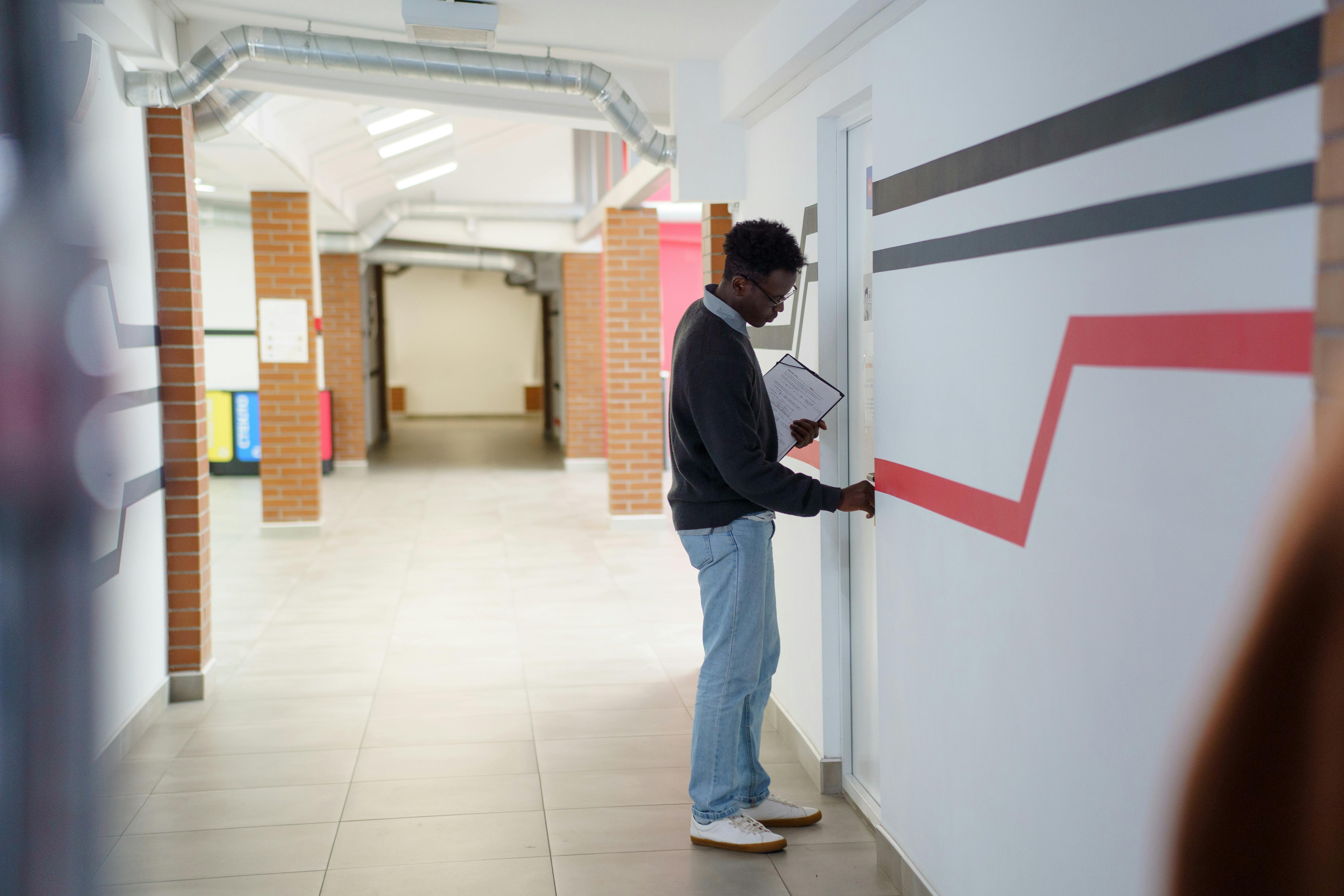If you are like many educators returning to school, you have heard the toxic myth that great teaching requires sacrificing your body. Not true. You are allowed to nourish yourself. In fact, one of the most radical things a teacher can do today is take care of their body so they can teach with presence and longevity.
Good news: you can protect your energy and prevent burnout with five simple practices.
These steps include:
- Step 1: Pack and Protect Your Lunch.
- Step 2: Walk During Planning or After School.
- Step 3: Stretch or Move Between Classes.
- Step 4: Honor Your Contract Hours.
- Step 5: Practice Body Gratitude.
Let’s look at each step in more detail…
Step 1: Pack and Protect Your Lunch
Now a lot of teachers end up eating on the run, skipping meals, or surviving on staff room snacks. Usually, you can avoid that by packing a real lunch and scheduling a protected eating window. Sit down. Eat slowly. Hydrate. You are not a vending machine; you are a whole human with real needs.
For example: Block 20 minutes in your planner for “Lunch + Water.” Pack protein, fiber, and a hydrating drink. Place a “stepping out to eat” note on your door to reduce interruptions.
Step 2: Walk During Planning or After School
Many educators spend planning periods glued to a screen and feel fried by 3 p.m. Usually, you can avoid that by taking a brief walk for a nervous system reset. Even 10 minutes outdoors can lower stress and refresh focus.
For example: Set a daily reminder during your planning period. Leave your phone behind or keep it on airplane mode. Notice your breath and the feel of your feet on the ground.
Step 3: Stretch or Move Between Classes
Teachers carry tension in shoulders, back, and hips. The stress stores up when you stay static. Usually, you can avoid that by adding micro-movements between transitions.
For example: After the bell, do 6 shoulder rolls, 10 slow squats by your desk, and three deep breaths with a long exhale. If mobility is limited, try seated twists and neck stretches.
Step 4: Honor Your Contract Hours
Educators often work far beyond paid time and quietly burn out. Usually, you can avoid that by setting clear boundaries. Clock in. Clock out. Boundaries are not selfish; they are necessary for sustainable service.
For example: Choose two late days per week for grading or prep and leave on time the other days. Add a “closing routine” checklist—clear desk, tomorrow’s top 3, lights off—then go.
Step 5: Practice Body Gratitude
People wait for weekends or breaks to care for their bodies. Usually, you can avoid that by ending each day with a brief gratitude ritual. This builds resilience and softens self-criticism.
For example: Before bed, place a hand on your heart and say, “Thank you, body, for carrying me today.” Name one thing your body did well—stood patiently, projected your voice, offered calm.
The more you honor your body, the more energy you will have to teach with clarity, compassion, and passion. If you are ready to create a sustainable rhythm that honors your body, explore Your WAND Magical Classroom. It includes practical routines, mindset shifts, and energy rituals that align with your worth and your work. Learn more at Insightful Education.
I hope that you enjoyed reading this blog post, written especially for you. It was taken straight from my mind and heart as I felt vulnerable to share glimpses of my world with you. The article was polished and meticulously reviewed to make sure it was in the best possible light before it was published so that it may serve you well.
If you’re seeking additional resources or personalized support, feel free to reach out at www.insightfuleducation.org. Together, we can cultivate classrooms where you and your students feel empowered to learn and thrive, which is aligned with the NICE Teacher framework (Nurturing, Integrated, Courageous, and Encouraging).


